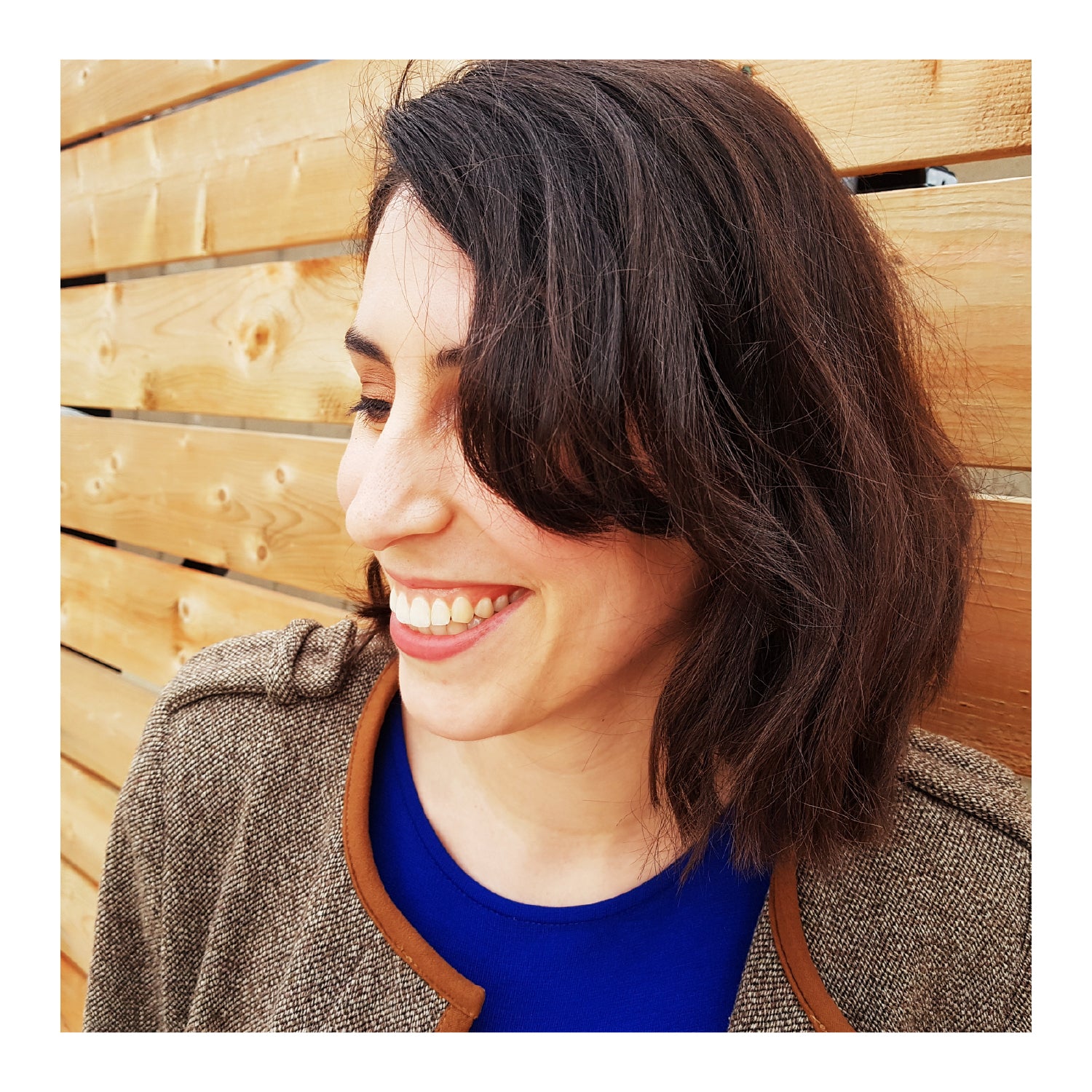Have you ever fallen in love with a foundation paper pieced block , but weren't sure how to make it into a large quilt that you could nestle under for a movie night-in or gift to someone special?
It's common to find a foundation paper pieced (FPP) pattern offering a unique design. They are a great way to add variety to your quilt pattern library without committing to a full-sized project. But, at first glance, their pattern size can seem limiting and very specific.
Below I'll walk you through how The Square of Pegasus FPP pattern, designed by me, Ships & Violins, can be combined to make various quilt sizes and layouts to achieve the perfectly sized project.
What are foundation paper piecing quilt blocks?
Pattern designers like Happy Sew Lucky, Quiet Play, and Tomte Studio offer playful FPP patterns in various block sizes. They can be incorporated into other projects, combined into a themed Block of the Month sampler, or used for smaller projects like pillow covers, gift tags, or table runners.
I like to think of FPP blocks as a combination of clip art and legos for quilters, whether you're looking for Valentine's Day blocks, animal blocks, or text blocks, it's likely you can find custom FPP patterns for the job.
But it's important to note that your projects are not limited by the size of the FPP blocks you purchase. In fact, by growing your FPP block library, you're equipping yourself with building blocks to create larger quilts.
What are traditional quilt blocks?
Many quilt patterns are designed by duplicating the same quilt block. These are often patchwork squares measuring a specific size. It's typical to find quilt blocks in sizes divisible by:
-
2's, such as 4", 6", 8", 10", and 12" blocks.
-
3's, such as 6", 9", 12", and 15" blocks.
-
5', such as 10", 15", and 20" blocks.
Designers will repeat a block to achieve various quilt sizes, from baby quilts to king size quilts, and you can do the same with your foundation paper pieced block patterns!
How to Combine 18" FPP Quilt Blocks Into a Larger Quilt
The Square of Pegasus pattern (and all the star patterns in the Constellations Series) includes two sizes: an 18" x 18" block and a 36" x 36" block. Quilters - that's you! - have the option to combine the blocks to make unique layouts and quilt sizes. You can do all of this without scaling or making seam allowance adjustments. Whew!
Let me show you how many quilt sizes we can create by duplicating the 18" block into a grid layout.

Above you'll find an illustrated guide on the finished quilt sizes based on how many times you choose to duplicate the 18" block.
The smallest size (18" x 18") will make a pillow cover or wall hanging. The 36" x 36" will make a wall hanging or baby quilt. The 54" x 54" and 72" x 72" will make lap/throw quilts. And the 90" x 90" and 108" x 108" will make bed-size quilts.
In this case, the grid provides measurements for square-shaped quilts. But, as you can see below, if you adjust the layout you can make rectangular projects too. A 4 x 5 star grid would make a perfect twin quilt!

How to Combine 36" FPP Quilt Blocks Into a Larger Quilt
Now, let's take a look at how many layouts we can create by duplicating the 36" block into a grid layout.

The 36" block is twice as large as the 18" block, meaning that where there were four 18" blocks there will now be one 36" block, as illustrated above.
To make a king-size quilt you will require 36 18" blocks (6 x 6 grid) or 9 36" blocks (3 x 3 grid) - two very different ways of achieving the same quilt size.
You also have the option to make a 36" block alone (a baby quilt), or a 2 x 2 grid to make a large throw.
Alternate Quilt Layouts using FPP Blocks
Study your FPP block pattern.
-
How does it come together?
-
Can it be segmented into squares or rectangles?
-
Can it be neatly divided in half or quarters?
Taking a moment to determine how your block is configured can provide insights into how you can further customize your layouts.
Alternate Quilt Layout: Bricks
An alternative layout to the grid is the brick layout.
The brick layout can be organized in rows or columns as shown below. Each block is offset by half (along the centre horizontal axis or vertical axis) to create a more dynamic look.

This approach can be neatly applied to all the Constellations Series patterns. The illustration below demonstrates how the The Square of Pegasus, Orion's Spur, and Arcturus Shield can be segmented into halves.

Bricks by Column Quilt Layout
Let's see what a quilt using the bricks by column layout might look like:

Above are three quilt sizes ranging from lap to throw. The offset star motifs disperse the negative space between the stars to create a more balance look.
Note: You will still require the same number of stars to create these designs (as compared to the same size in the grid layout). For example. to make the 72" quilt you will need to stop short of sewing two complete stars, and set them aside as 4 halves. These halves will serve as the setting stars that will fill-in the gaps along the top and bottom of the quilt.
Below is another example of how you could place your stars in a brick by columns layout. In this case, you will set aside 4 horizontal halves and 8 vertical halves.

Bricks by Row Quilt Layout
Let's see what a quilt using the bricks by row layout might look like:

In this example, you will also be setting aside 4 halves, however the halves will be divided on the vertical axis, rather than the horizontal.
The size of the blocks have not changed, so your projects will measure the same size whether you use bricks by row or bricks by column, but the overall look will be distinctly different.
I think they're show-stoppers! Let me know what you think in the comments section below.
Alternate Quilt Layout: On-Point or Curves
Consider laying your blocks out on-point or (if you can) trimming your blocks into semi-circles and introducing curves into your design, as shown below.

How to Combine Different-Sized FPP Quilt Blocks Into a Larger Quilt
So we've seen how each of the 18" block and 36" blocks can be combined to make larger quilts, but what if we combine the two-sizes into a grid layout?
This approach is easy to achieve because 36" is divisible by 18", which makes combining them no effort.
All you need to know is that you can fit two 18" blocks on each side of the 36" block.
Let's see what layouts we can design using that simple concept:




You get the point: there are lots of possibilities!
More Ways to Achieve Your Perfect Quilt
If none of the layouts above have you inspired, maybe you'll find your perfect match below.
Here are some ways to make your FPP-based quilts even more interesting:
-
All the Ships & Violins star patterns are designed using the same construction (quarter blocks or half blocks), so consider combining other Constellations Series stars into any of the grid or brick layouts above.
-
Use different background colours in each of your blocks to achieve a checkerboard look (see below), a gradient, or rainbow quilt.

-
Use different colourways for each of your blocks to achieve a scrappy look.
-
Mix n' match different colourways together for scrappy 2.0.

-
Add borders and sashing between blocks to grow the quilt quickly.
-
Replace some of the blocks in the layout with "filler" blocks to introduce additional negative space.
Wrap Up
Sometimes we need to be reminded that we can take liberties with our craft, and that we don't have to stick anyone's plan.
There is a commonly used phrase in quilting: "Quilt patterns are just suggestions." And that's the attitude I hope you embrace when you confront a pattern that doesn't quite match your needs.
I've shown you how you can use foundation paper pieced patterns as building blocks to get the perfect project size to let your creativity flourish.
It's patchwork after all, so have fun patching together blocks of all sizes and embrace the designer in you.
Frequently Asked Questions
Do I need to adjust for seam allowance?
Good news: there's no need to adjust seam allowances using this technique! We'll be combining blocks not scaling them, so we can march on without making adjustments to the pattern!
This tutorial was developed for the Ships & Violins sew along beginning February 6, 2023. Learn more about the event, including how to register, here.



